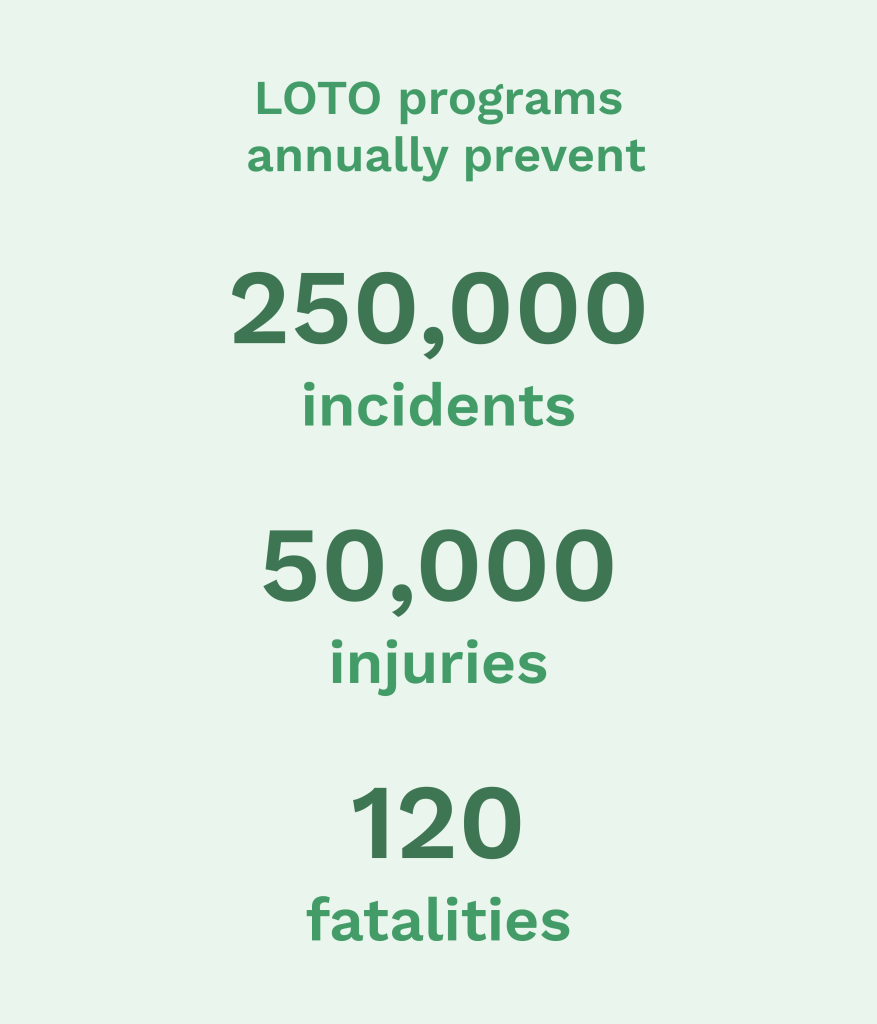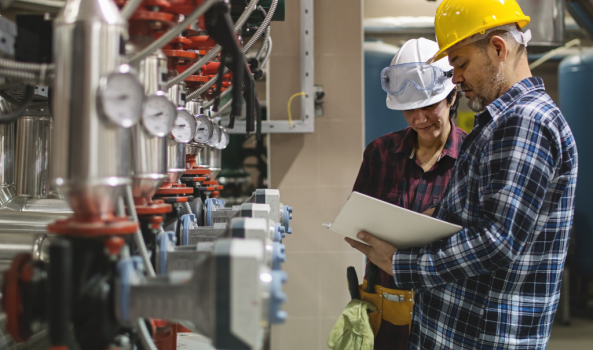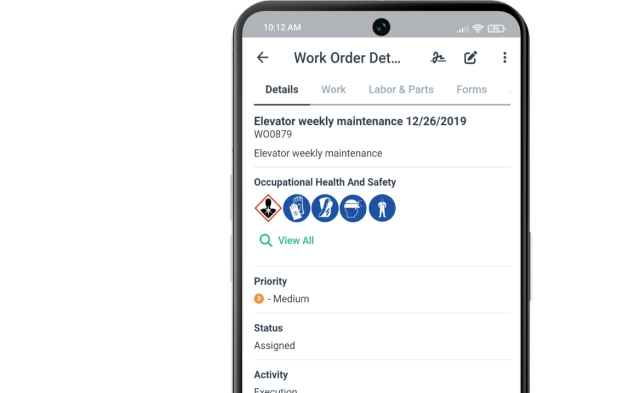Get a Free WorkTrek Demo
Let's show you how WorkTrek can help you optimize your maintenance operation.
Try for freeKey Takeaways:
- Organizations using predominantly reactive maintenance practices experience 3.3 times more downtime compared to those using proactive strategies
- A common mistake is poor documentation that can lead to 21.3% productivity loss, costing businesses approximately $19,732 per information worker annually
- Companies can save $4 to $6 for every $1 invested in effective workplace safety and training programs
As a maintenance manager, you face an uphill battle every day. Yet according to recent research, even well-managed engineering enterprises are suffering opportunity costs equivalent to 30-50% of turnover due to maintenance and operating mistakes.
Between managing tight budgets, preventing equipment failures, and keeping operations running smoothly, there’s little room for error.
Yet many organizations continue making the same costly maintenance management mistakes that drain resources and compromise equipment reliability.
Understanding these pitfalls and learning will help you avoid them. Let’s explore the seven most critical maintenance management mistakes that organizations should avoid at all costs.
Mistake #1: Relying Too Heavily on Reactive Maintenance
One of the biggest mistakes maintenance managers make is falling into the reactive maintenance trap. When your maintenance team is constantly fighting fires instead of preventing them, you’re setting yourself up for failure.
According to comprehensive research by Elara Digital, organizations that relied predominantly on reactive maintenance experienced significantly more operational disruptions; 3.3 times more downtime, to be exact.

On the surface, reactive maintenance might seem cost-effective. But the reality is that this approach is actually three times more expensive than preventive maintenance strategies.
When equipment fails unexpectedly, you’re not just dealing with repair costs. You’re also facing unplanned downtime, emergency parts procurement, overtime labor, and potential safety hazards.
The Hidden Costs of Reactive Maintenance
Unplanned downtime is particularly devastating for plant and maintenance managers.
According to Siemens’ 2024 True Cost of Downtime report, an hour of downtime at a large automotive plant can cost up to $2.3 million—that’s more than $600 per second. For other industries, while costs may be lower, they’re still substantial, with the average cost reaching around $25,000 per hour in 2024.
According to another study by Vanson Bourne, unplanned downtime costs businesses an average of $260,000 per hour.
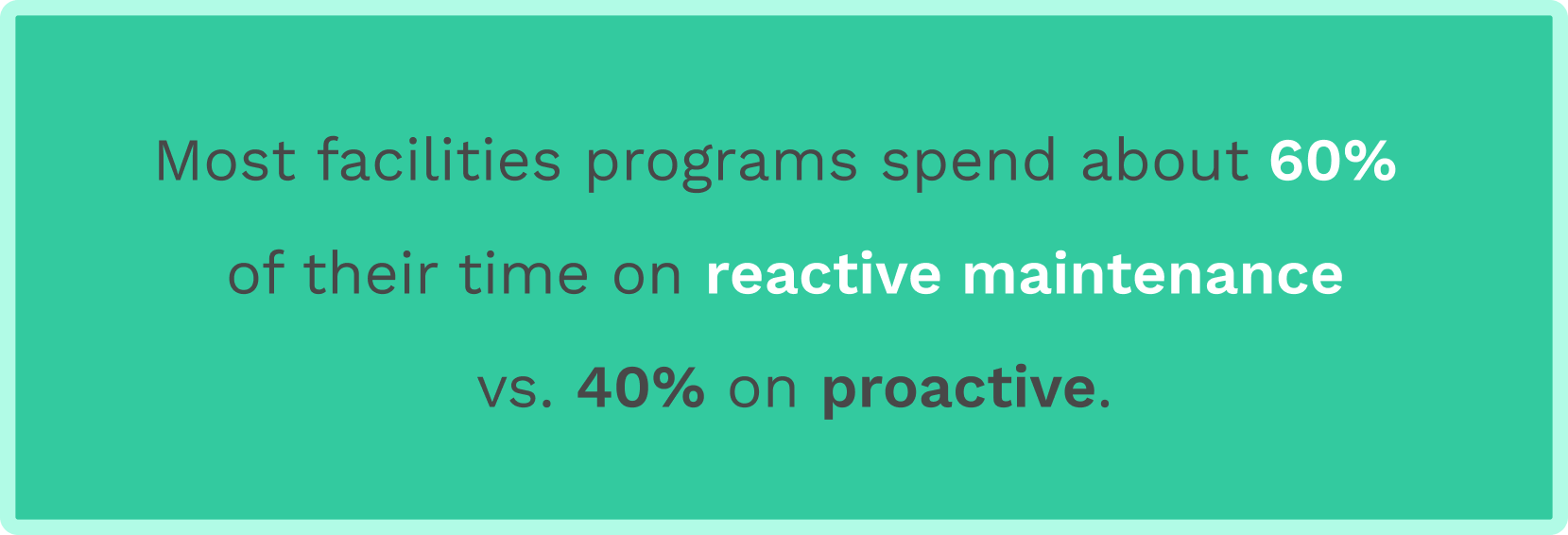
This can create a stressful environment for employees and management, as every task is always urgent. Aberdeen Research found that companies with unplanned downtime experience a 20% decrease in worker productivity.
When your maintenance staff is constantly in crisis mode, it affects team morale and makes it difficult to attract and retain skilled maintenance technicians. Your maintenance team becomes demoralized, knowing they’re always one step behind potential issues.
Research shows that companies can save between 12% and 18% by using preventive maintenance over reactive, and each dollar spent on preventive maintenance saves an average of $5 later on.
According to 2024 data from Limble, 67% of manufacturing companies now consider preventive maintenance the top strategy for preventing downtime.
What to do instead:
- Develop a regular preventive maintenance schedule.
- Prioritize assets based on criticality and failure history.
- Use condition monitoring tools to spot early warning signs.
Mistake #2: Poor Documentation and Record Keeping
Not keeping documentation up to date is another mistake undermines maintenance management. Based.
Based on our experience, many maintenance departments still rely on paper-based systems or have limited digital records. This approach makes it impossible to track maintenance history effectively.
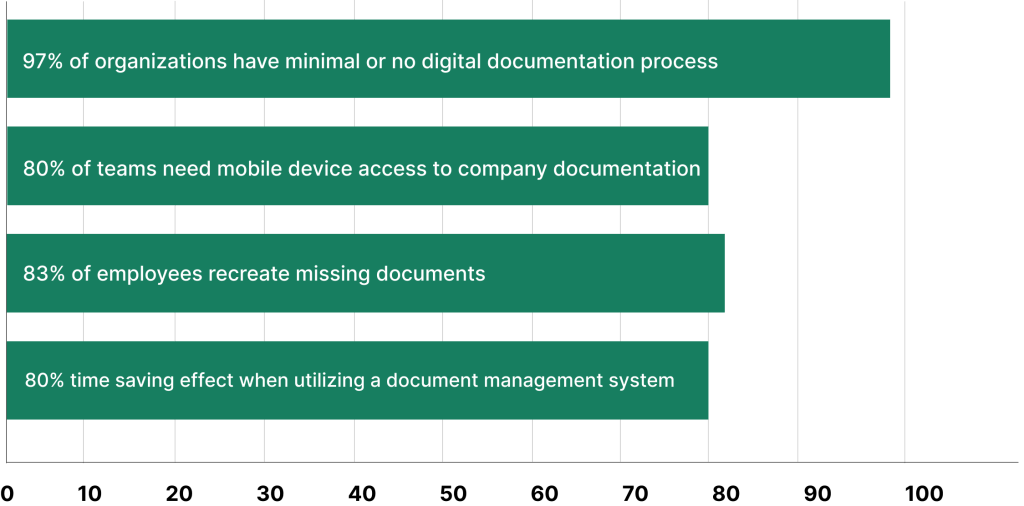
The impact of poor documentation is more severe than many realize. According to research on document management, document challenges are usually responsible for over 21% of organizational productivity loss.
More specifically, IDC reports that document challenges account for 21.3% of productivity loss, which costs businesses approximately $19,732 per information worker per year.
The Impact of Insufficient Documentation
When maintenance activities aren’t properly documented, you lose valuable data that could help prevent future failures.
According to Iron Mountain research, more than half of professionals spend their time looking for information, and it takes them around 18 minutes to locate a document—almost 5 hours every week!
Poor documentation can create several problems for maintenance managers.
Some examples include:
- Inability to identify patterns in equipment failures
- Track spare parts usage
- Identify pattern to help you make informed decisions
- Reduce time wasted looking for documents by the maintenance teams
For example, if a pump fails repeatedly but the work orders only say “pump broke, fixed it,” you’ll never identify the root cause or implement a permanent solution.
This lack of information makes it difficult to improve equipment reliability or optimize maintenance schedules.
Building Better Documentation Practices
There are things you can do to improve your documentation practices.
The best approach is to implement a CMMS platform like WorkTrek that can digitize all of your work orders and streamline your operations.
Absent that, start by including details about the problem, the steps taken to resolve it, parts used, and time spent. This information becomes invaluable for future reference and analysis.
Research shows that employees from businesses of all sizes claim to spend as much as 25% of their workweek hunting down documents and information they need to do their jobs.
When technicians can quickly access equipment manuals, maintenance history, and standard procedures, they can work more efficiently and avoid repeating past mistakes.
Studies indicate that 75% of employees agree that their work would be easier if they could access documents on their mobile devices.
What to do instead:
- Train technicians to log every completed task, repair, and inspection.
- Store documentation in a centralized, digital system.
- Track maintenance history by asset, location, and technician.
- Implement a CMMS platform like WorkTrek to streamline documentation
Mistake #3: Neglecting Proper Training and Development
Lack of training programs is one of the most overlooked mistakes in maintenance management.
Organizations invest heavily in equipment but fail to train the people who use and maintain it adequately.
This creates a dangerous gap between the complexity of modern equipment and the skills of maintenance staff.
The cost implications of inadequate training are substantial.

According to research on workplace safety and training, the total cost of work injuries in 2023 was $176.5 billion, including wage and productivity losses of $53.1 billion and medical expenses of $36.8 billion.
The Cost of Inadequate Training
Without proper training, maintenance technicians are more likely to make mistakes that can damage equipment or create safety hazards. They may use incorrect procedures, fail to identify warning signs, or apply temporary fixes instead of addressing root causes.
OSHA research demonstrates that failure to comply with safety requirements can result in maximum penalties of up to $15,625 per serious violation or $156,259 for willful or repeated violations.
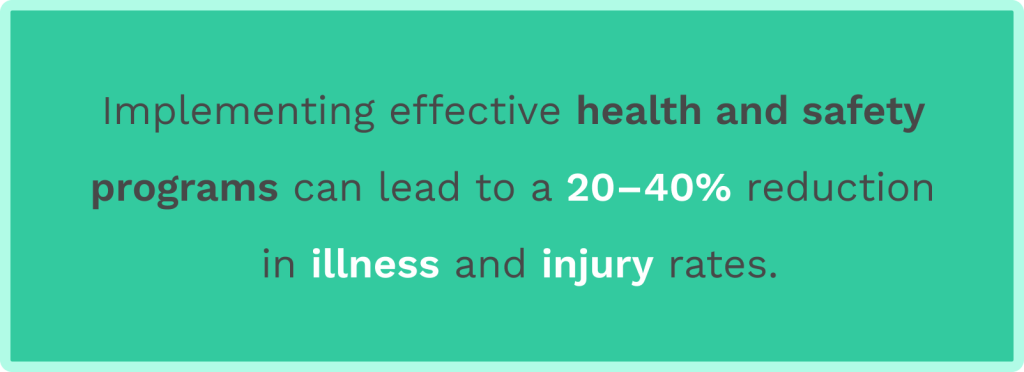
The average cost for workers’ compensation claims for accidents in 2020-2021 was $41,757.
Poor training leads to several costly consequences.
- Reduced equipment reliability
- Increase in repair times
- Increased safety risks
- Longer times to fix issues
The Return on Investment of Training
However, research consistently shows that training investments pay significant dividends.
Studies show that companies can save $4 to $6 for every $1 invested in an effective workplace safety program.
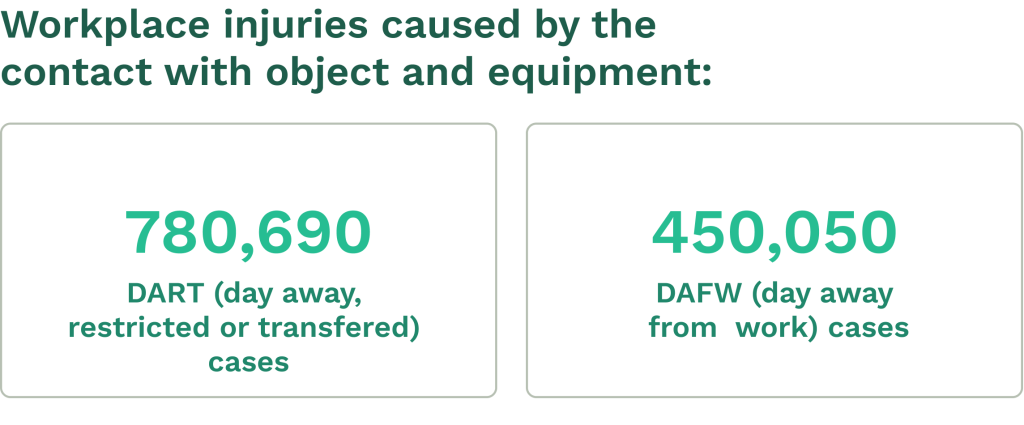
A manufacturing company that implemented a robust training program focusing on hazard recognition, proper equipment use, and emergency procedures reported a 40% reduction in workplace accidents within a year and a significant decrease in downtime.
Lack of training also affects employee retention.
Skilled maintenance technicians want opportunities to learn and grow. When organizations don’t invest in development, they risk having higher staff turnover.
Developing Comprehensive Training Programs
When developing a training program, focus on programs that cover both technical skills and safety procedures.
When a new maintenance technician joins the team, they will need a thorough orientation on equipment operation. This includes maintenance procedures and safety protocols.
Experienced staff, on the other hand, need ongoing training to keep up with new technologies and best practices.
Consider partnering with equipment manufacturers to provide specialized training on complex systems.
Most have developed full training courses for equipment that they market and sell.
Don’t treat training as a one-time event.
Provide regular refresher courses, cross-training opportunities, and access to technical resources to help maintain high skill levels throughout your maintenance department.
What to do instead:
- Provide regular training on safety procedures, software, and equipment.
- Involve your team in developing SOPs and best practices.
- Encourage cross-training to reduce dependency on individuals.
Mistake #4: Inadequate Spare Parts Management
If you are running a maintenance organization, you already know the importance of spare parts management.
You don’t want too few parts on hand, since it can lead to extended downtime. You also don’t want to tie up capital by overstocking your spare parts inventory.
Research indicates that 58.9% of facilities report a decline in downtime and costs with better parts inventory management.
Common Spare Parts Management Problems
Having access to the current inventory is always a struggle for maintenance departments.
Maintenance teams need to know what parts are available, how to locate them, and the total count on hand.
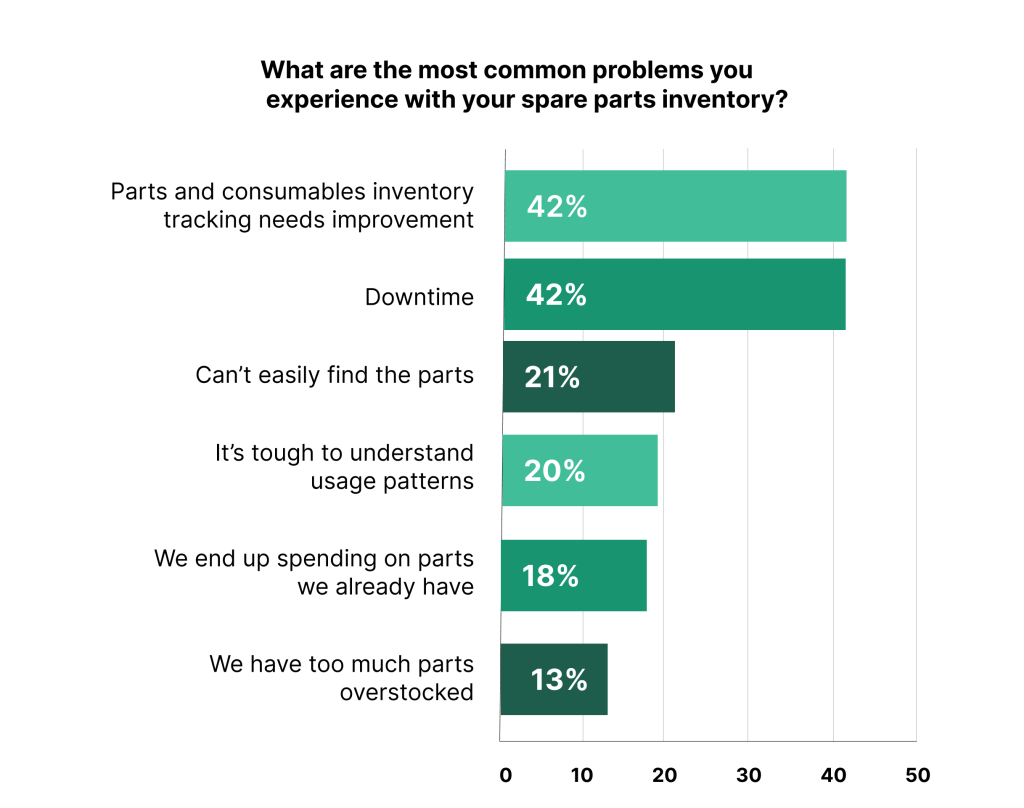
Most organizations also want to avoid emergency orders since they can be costly.
According to industry data, factories throughout the U.S. are estimated to be using about $40 billion worth of outdated equipment, which makes spare parts planning even more challenging.
Improving Spare Parts Management
There are ways you that you can improve your spare parts management program.
One way is to work with maintenance technicians and equipment manufacturers to determine which parts should be stocked and in what quantities.
Implement systematic approaches to inventory management, including regular cycle counts, reorder points, and lead time tracking.
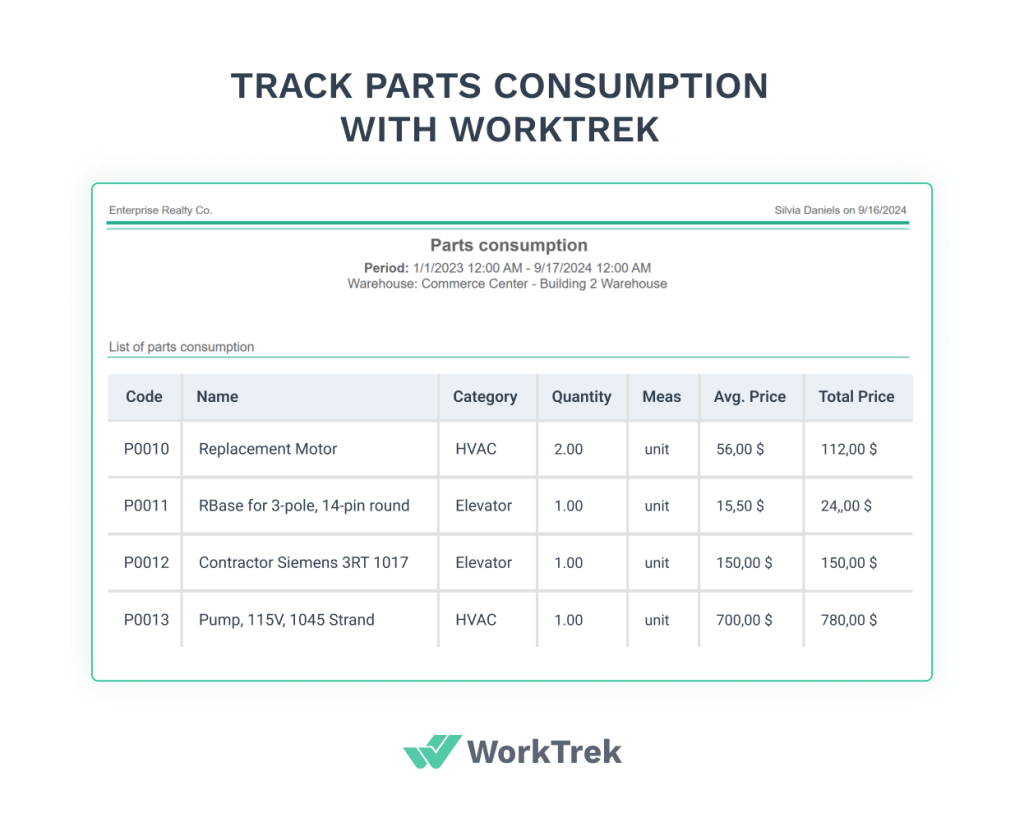
Consider the criticality and importance of each equipment when determining stock levels.
Critical systems may justify higher inventory levels to minimize downtime risk.
One approach that many successful maintenance managers are using is to implement a modern CMMS platform to improve parts management.
These systems can greatly simplify spare parts management by tracking inventory levels, automating reorder processes, and providing visibility into parts usage patterns.
This data helps optimize inventory levels and ensures parts are available when needed.
What to do instead:
- Build a parts database by using a CMMS platform like WorkTrek
- Track part usage to forecast future demand.
- Set reorder points and automate alerts to restock essentials.
Mistake #5: Failing to Communicate Effectively
Poor communication can undermine maintenance effectiveness in your organization.
When information doesn’t flow properly between maintenance staff, operations teams, and management, it creates confusion, delays, and missed opportunities for improvement.
According to research from the University of Western Australia, maintenance management is often ineffective despite advances in instrumentation, computer capabilities, and integrated asset management software.
One key factor identified was the breakdown in communication between people, processes, and assets.
The Impact of Communication Breakdowns
Without effective internal communication, maintenance activities become disorganized and inefficient.
Technicians might end up wasting time working on low-priority tasks while critical issues go unaddressed.
Poor communication can also result in operations teams scheduling production activities without considering maintenance requirements. This can lead to conflicts and disruptions.
Research indicates that maintenance professionals spend approximately 45% of their working hours managing physical work orders and documentation.
This inefficiency can be significantly reduced through better communication systems that centralize information and make it easily accessible.
Safety can also be affected by poor communication. If, for instance, LOTO procedures or other safety information are not easily available, hazards may unknowingly expose themselves to risks.
Building Better Communication Systems
You can establish an effective communication program with clear protocols and standardized procedures.
Start by establishing regular meetings between maintenance, operations, and management to discuss priorities, schedules, and issues.
Use standardized forms and procedures to ensure important information is captured and shared consistently.
Technology can significantly improve communication in maintenance operations.
For example, by implementing a modern CMMS system like WorkTrek, you can centralize all maintenance information in a single, easily accessible platform.
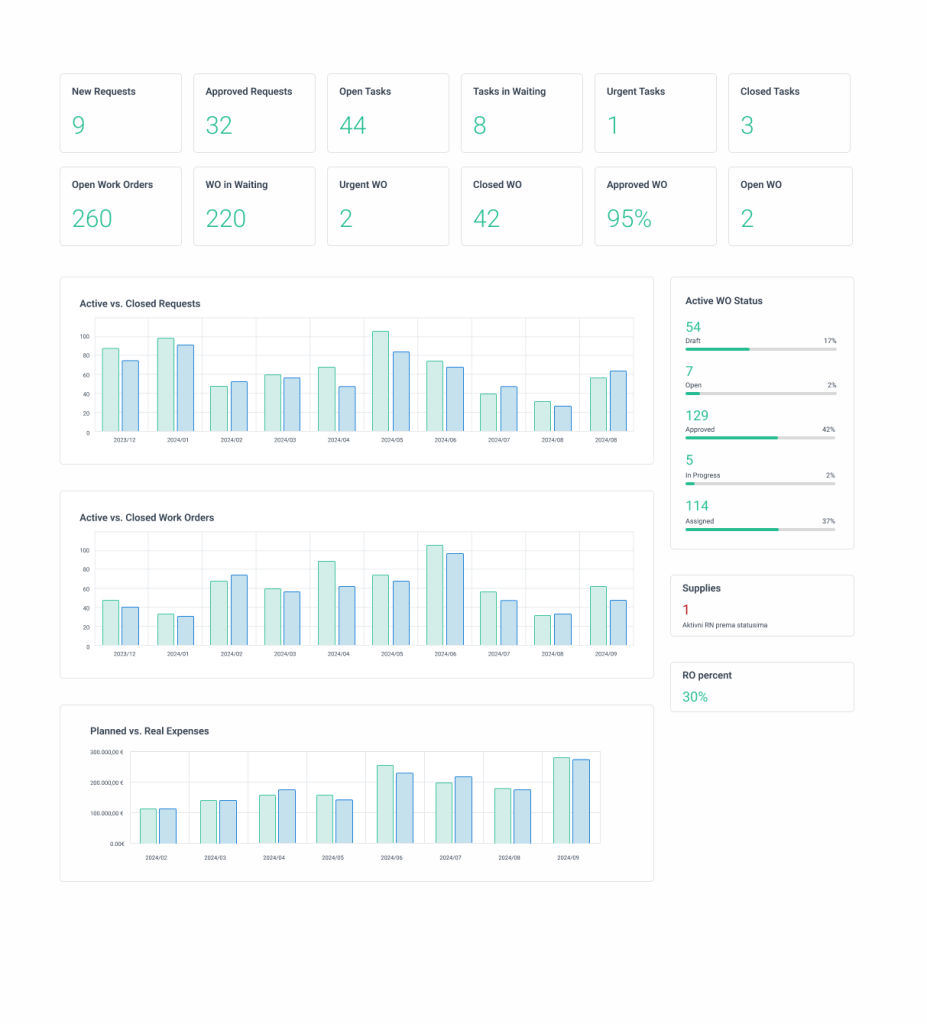
This gives technicians the power to easily access all information about a repair, including documentation, in a centralized place.
Another strategy is to consider implementing shift handoff procedures that ensure important information is transferred between teams.
Document these processes and train all staff on proper communication protocols.
What to do instead:
- Hold regular check-ins between maintenance, operations, and plant managers.
- Use a CMMS platform that integrates seamlessly with operations and production systems.
- Make work orders, maintenance status, and reports easily accessible to all stakeholders.
Mistake #6: Ignoring Data and Analytics
Given the long work hours and the number of tasks, maintenance managers sometimes make decisions based on intuition rather than data.
This approach can lead to missing opportunities to optimize their operations. The key to success is to use and analyze this data to make better decisions.

According to comprehensive research on maintenance management effectiveness, personnel attitude is a critical factor, contributing 12.59% to maintenance execution procedures.
This is while standard operating procedures contribute 15.64%, together accounting for 28.36% of overall maintenance performance.
The Value of Data-Driven Decision Making
Data analysis can reveal insights that aren’t obvious from day-to-day operations.
For example, analyzing failure patterns might show that certain equipment fails more frequently during specific weather conditions or operational scenarios.
This information can be used to adjust maintenance schedules or operating procedures to prevent problems.
Performance metrics can help identify trends and measure the effectiveness of maintenance strategies.
Some key performance matrices to consider include:
- Key performance indicators (KPIs)
- Mean Time Between Failures (MTBF)
- Mean Time to Repair (MTTR)
- Overall equipment effectiveness (OEE)
Research from Deloitte shows that predictive maintenance systems can reduce maintenance planning time by up to 50% and improve uptime by as much as 20%.
Implementing Data-Driven Maintenance
How do you create a data-driven maintenance organization?
The first step is to identify the most important metrics for your operation and ensure you’re collecting accurate data. Focus on metrics that directly relate to your maintenance objectives, such as equipment reliability, cost control, and safety performance.
Utilize this data to make informed decisions about maintenance strategies, resource allocation, and equipment investments.
Regular analysis can help identify areas for improvement and track progress toward maintenance goals.
With a modern and full-featured CMMS platform like WorkTrek, you can access powerful analytics capabilities and automatically generate reports and identify trends.
These tools make it easier to convert raw data into actionable insights that improve maintenance effectiveness.
What to do instead:
- Keep good records and keep track of your repair history
- Implement a CMMS system that can provide you with reports and analytics dashboard
- Failures can teach you as much as successes – learn from them
Mistake #7: Lack of Integration Between Systems and Processes
The final major mistake is failing to integrate maintenance management with other business systems and processes.
Maintenance operations cannot function effectively in isolation. To be effective, your maintenance systems need to integrate with financial and other Enterprise Resource Planning (ERP) systems.
Research indicates that system integration challenges affect 19% of organizations as their primary barrier to adopting new technologies.
Additionally, 31% of respondents still manage their asset registers in spreadsheets, highlighting continued reliance on manual or outdated tools that don’t support automation.
The Benefits of System Integration
Having fully integrated systems can provide a complete view of asset performance.
When maintenance software integrates seamlessly with other business systems, it eliminates data silos and improves decision-making processes across the organization.
Integration also enables better planning and coordination. Production schedules can consider maintenance requirements, and maintenance planning can align with business objectives. This coordination reduces conflicts and maximizes the value of both maintenance and production activities.
According to research on smart maintenance implementations, focus groups and interviews with more than 110 experts from over 20 different firms identified that environmental contingencies, institutional isomorphism, and implementation factors all play critical roles in successful maintenance modernization.
Achieving Better Integration
Start by evaluating your current systems and identifying integration opportunities. Look for ways to eliminate duplicate data entry and improve information sharing between departments.
If you are a large organization, consider implementing an EAM system that provides integrated capabilities for maintenance, asset management, and business planning.
These comprehensive platforms can help break down silos and improve coordination across your organization.
Ensure that your maintenance software can integrate with existing business systems.
Modern platforms typically offer APIs and other integration capabilities that make it easier to connect different systems and share information.
What to do instead:
- Move to an enterprise asset management system or CMMS that supports your operational goals.
- Choose software that integrates with your ERP, inventory, and IoT tools.
- Look for features like mobile access, condition monitoring, and real-time dashboards.
How WorkTrek CMMS Helps Organizations Avoid These Mistakes
WorkTrek CMMS is a modern and comprehensive solution that helps organizations avoid these common maintenance management mistakes.
With an open API platform, WorkTrek can integrate with any business system, such as accounting or ERP systems.
Enabling Proactive Maintenance
WorkTrek’s preventive maintenance scheduling capabilities help organizations move away from reactive maintenance toward proactive strategies.
You can automatically generate work orders based on time, usage, or condition-based triggers.
This can ensure that maintenance activities stay on schedule.
Research shows that 65% of companies now use a CMMS to manage maintenance activities and optimize costs.
WorkTrek’s condition monitoring integration allows organizations to implement predictive maintenance strategies that identify potential problems before they cause failures.
With this proactive approach, you can significantly reduce unplanned downtime and emergency repair costs.
Improving Documentation and Communication
With WorkTrek, you can centralize all maintenance information in a single, easily accessible platform.
This information is easily accessible for technicians via web or mobile platforms.
Real-time updates and notifications ensure that key stakeholders stay informed about maintenance activities and equipment status.
Optimizing Spare Parts Management
WorkTrek offers a full-featured parts management module that provides complete visibility into both spare parts availability and usage patterns.
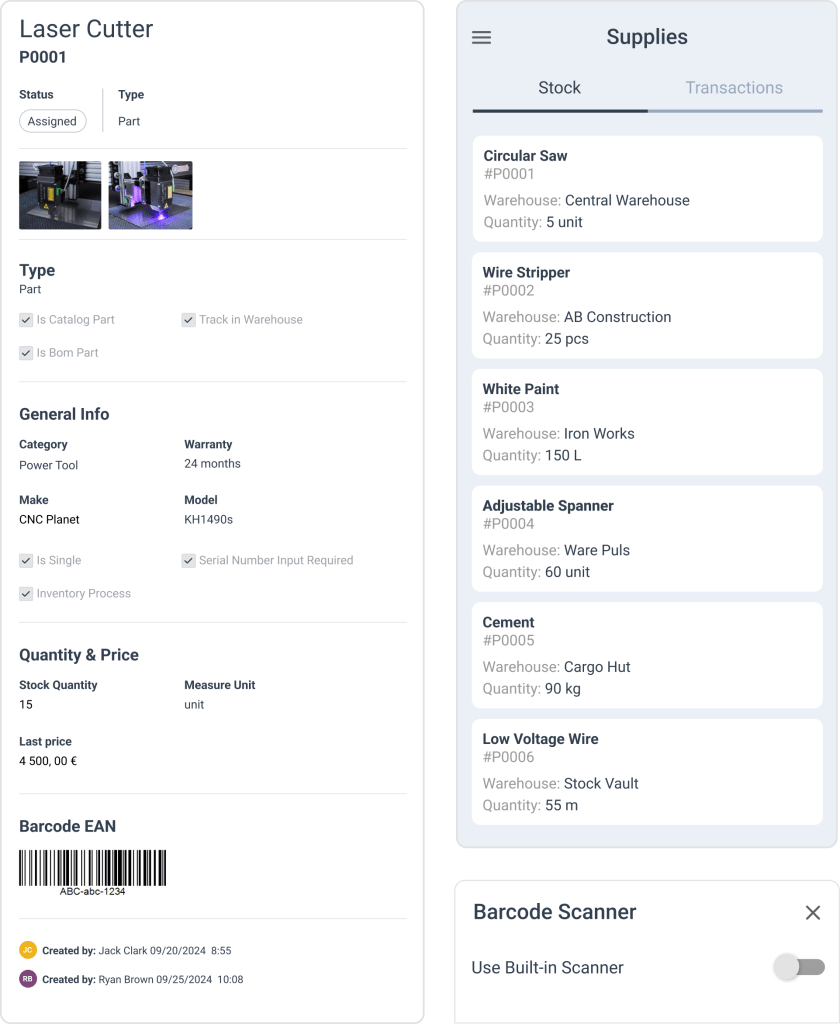
The system can generate automated reorder points and lead time tracking to help ensure critical parts are available when needed while minimizing excess inventory.
WorkTrek’s analytics capabilities help optimize inventory levels by analyzing usage patterns and identifying opportunities to reduce carrying costs without compromising maintenance effectiveness.
Enabling Data-Driven Decisions
WorkTrek includes comprehensive reporting and analytics capabilities that help organizations make informed decisions about maintenance strategies and resource allocation.
The platform includes several pre-built reports for common maintenance metrics and allows customization for specific organizational needs.
Real-time dashboards provide visibility into key performance indicators, helping managers identify trends and address issues before they escalate into significant issues.
Facilitating System Integration
WorkTrek integrates seamlessly with ERP systems, financial software, and other business applications.
This integration eliminates data silos and ensures that maintenance information is available throughout the organization.
The platform’s API capabilities enable custom integrations with specialized systems and equipment, providing flexibility to meet unique organizational requirements.
Measuring Success and Continuous Improvement
The key to success in any maintenance management program is to minimize mistakes.
The way you do this is by establishing key performance indicators (KPIs) that measure progress toward maintenance objectives and identify areas for improvement.
Some of the important metrics to include are equipment reliability, maintenance costs, safety performance, and schedule compliance.
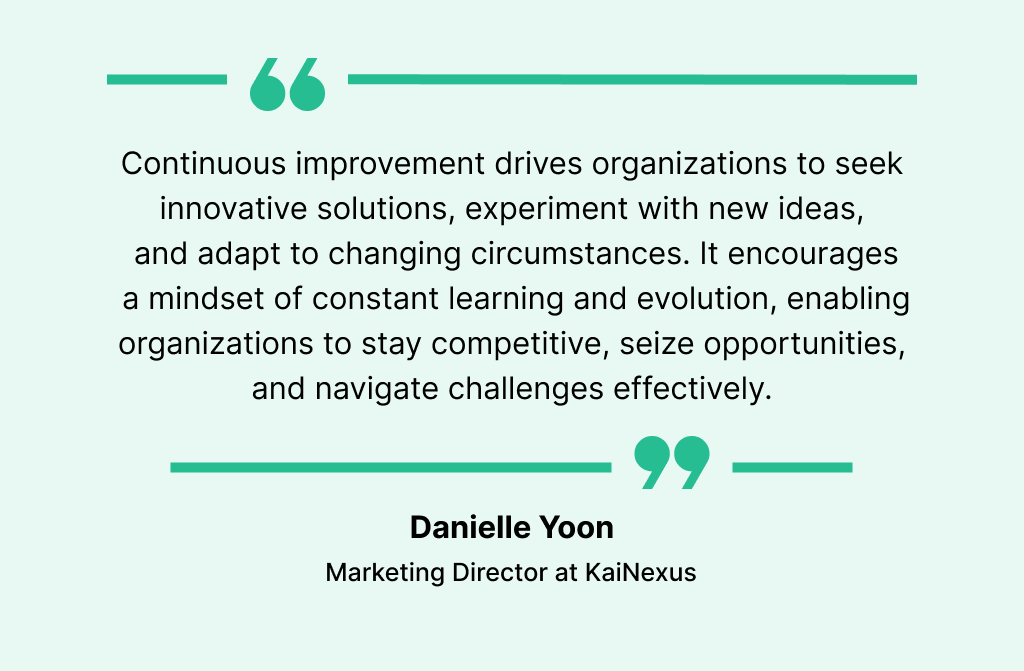
The State of Industrial Maintenance Report 2024 found that 64.4% of plants allocate between 5% and 20% of their annual operating budget to maintenance, with nearly 20% dedicating over 20% of their budget to these activities.
Put in a plan to regularly analyze these metrics to help identify trends and measure the effectiveness of improvement initiatives.
Consider benchmarking your performance against industry standards to understand how your maintenance operation compares to others.
Conclusion
The maintenance challenges facing organizations today are significant, but they’re not insurmountable. With the right approach, tools, and commitment, any organization can build a maintenance operation that supports business objectives and drives long-term success.
Avoiding these seven common maintenance management mistakes can significantly improve equipment reliability, operational costs, and organizational performance.
Research consistently demonstrates the value of avoiding these mistakes.
Organizations that relied predominantly on reactive maintenance experienced 3.3 times more downtime compared to those using proactive strategies.
Companies can save $4 to $6 for every $1 invested in effective workplace safety programs.





